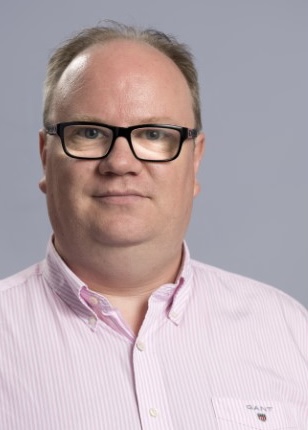Marvell's first Inphi chips following its acquisition
 Tuesday, July 20, 2021 at 10:47AM
Tuesday, July 20, 2021 at 10:47AM Marvell unveiled three new devices at the recent OFC virtual conference and show.
One chip is its latest coherent digital signal processor (DSP), dubbed Deneb.
 Nigel AlvaresThe other two chips, for use within the data centre, are a PAM-4 (4-level pulse-amplitude modulation) DSP, and a 1.6-terabit Ethernet physical layer device (PHY).
Nigel AlvaresThe other two chips, for use within the data centre, are a PAM-4 (4-level pulse-amplitude modulation) DSP, and a 1.6-terabit Ethernet physical layer device (PHY).
The chips are Marvell’s first announced Inphi products since it acquired the company in April.
Inphi’s acquisition adds $0.7 billion to Marvell’s $3 billion annual revenues while the more than 1,000 staff brings the total number of employees to 6,000.
Marvell spends 30 per cent of its revenues on R&D.
 1.6-terabit PHY,
1.6-terabit PHY,  Atlas,
Atlas,  Deneb,
Deneb,  Inphi,
Inphi,  Marvell,
Marvell,  Michael Furlong,
Michael Furlong,  Nigel Alvares,
Nigel Alvares,  Prestera in
Prestera in  OFC 2021,
OFC 2021,  semiconductors
semiconductors  Print Article
Print Article 






